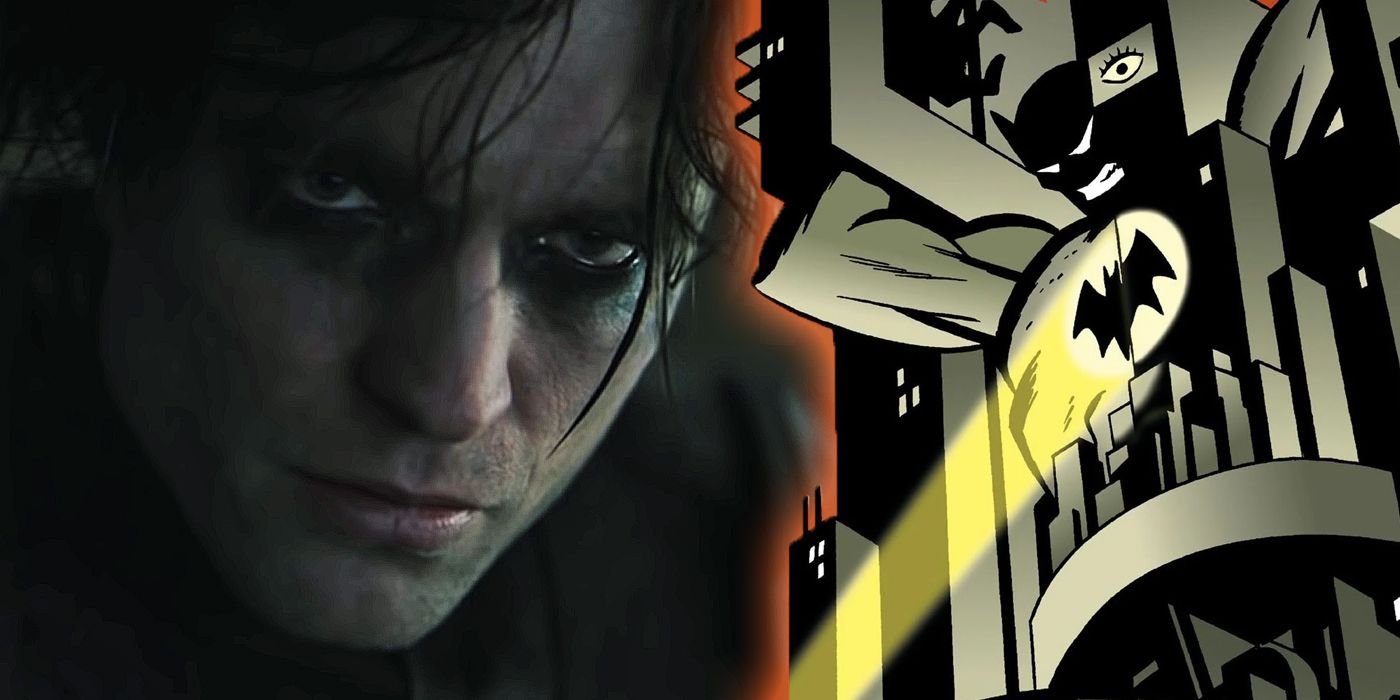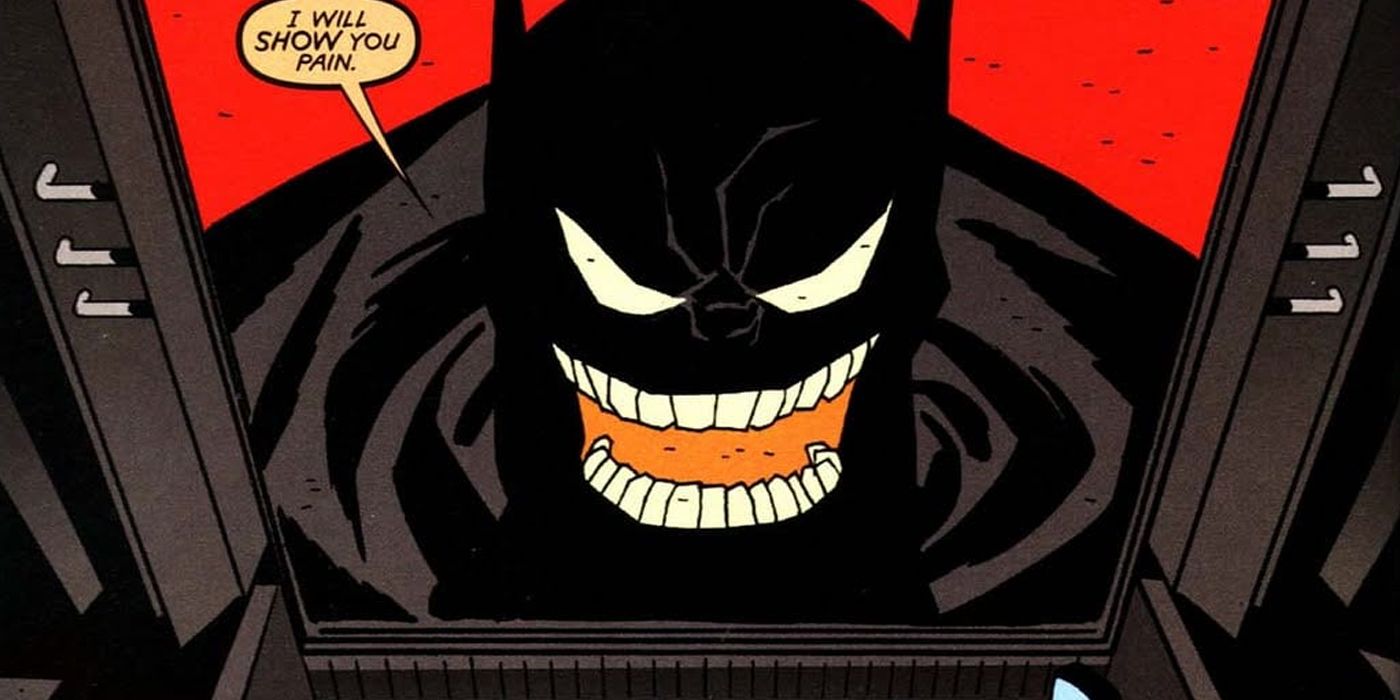One of the most eagerly anticipated announcements at DC FanDome was the trailer for Matt Reeves' upcoming The Batman. During the event, Reeves talked about his inspiration for the film. Despite fan assumptions that Reeves' movie will be based on Batman: Year One, it's actually based on Batman: Ego, by Darwyn Cooke.
Based on the trailer, Robert Pattinson's Batman is investigating a string of murders committed by the Riddler (Paul Dano) and his investigation leads him to Gotham's seedy underbelly. Reeves also intends for his film to delve into the mind and psychology of Batman and explore the delicate balance of the duality between the man Bruce Wayne and the fear-inspiring "beast," Batman. These are the very themes explored in Batman: Ego.
Batman: Ego is a 2000 graphic novel that explores the trauma Bruce Wayne experienced as a young boy and what it would be like if that trauma fractured Bruce's mind. In Ego, the main villain is Batman himself, even though the story begins in the aftermath of one of the Joker's crime sprees.
Batman, who is physically and mentally exhausted after catching the Joker, pursues one of Joker's cronies, Buster Snibbs. Snibbs ratted out the Joker's location to Batman the night before and is now fearful of the Joker's wrath. Snibbs knows that neither jail nor Arkham can keep the Joker locked up and he takes his own life. With his dying breath, Snibbs curses Batman.
Snibbs' death hits Batman hard, and he is consumed by guilt. Bruce is so devastated that he promises himself he is going to retire his Batman persona. Due to his extreme mental exhaustion, this decision causes Bruce's mind to split and the two sides of his self confront each other. The side of him that is thirsty for revenge and justice is represented by Batman, while his rational, more humane side is represented by Bruce Wayne.
As he faces himself in a most literal way, Bruce and Batman revisit his childhood trauma, the origin of Batman and the rise of the supervillain element in Gotham City. The Batman side even suggests that they make a complete split, like Two-Face, so Bruce Wayne doesn't have to bear any of the responsibility for the things Batman does. Bruce rejects this as a viable solution and concludes that his suffering is the price he must pay for the vow he made to ensure that what happened to him would never happen to anyone else.
Bruce and Batman finally come to a compromise. Bruce says he will accept the guilt and responsibility of Batman's mission, only if Batman will stand not only as a symbol of fear but also as a symbol of hope. In order to embody hope as well as fear, Bruce tells Batman he must never kill. Batman accepts this compromise and vanishes, unifying Bruce's mind once again.
Cooke's Batman: Ego is rich in the psychology that makes Batman what he is and questions if he is making a difference. By choosing this graphic novel as his inspiration, Reeves is informed by a text that explores the darker side of Batman and how the character can seek justice without crossing the line and becoming just like the monsters he fights.


